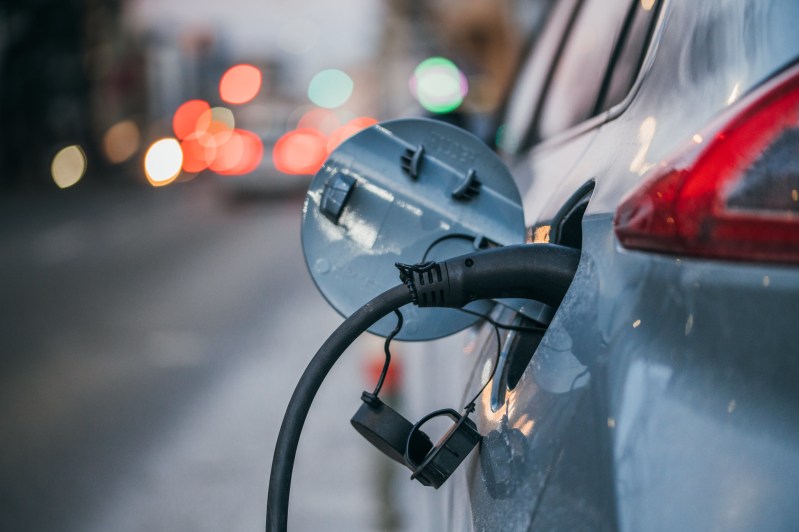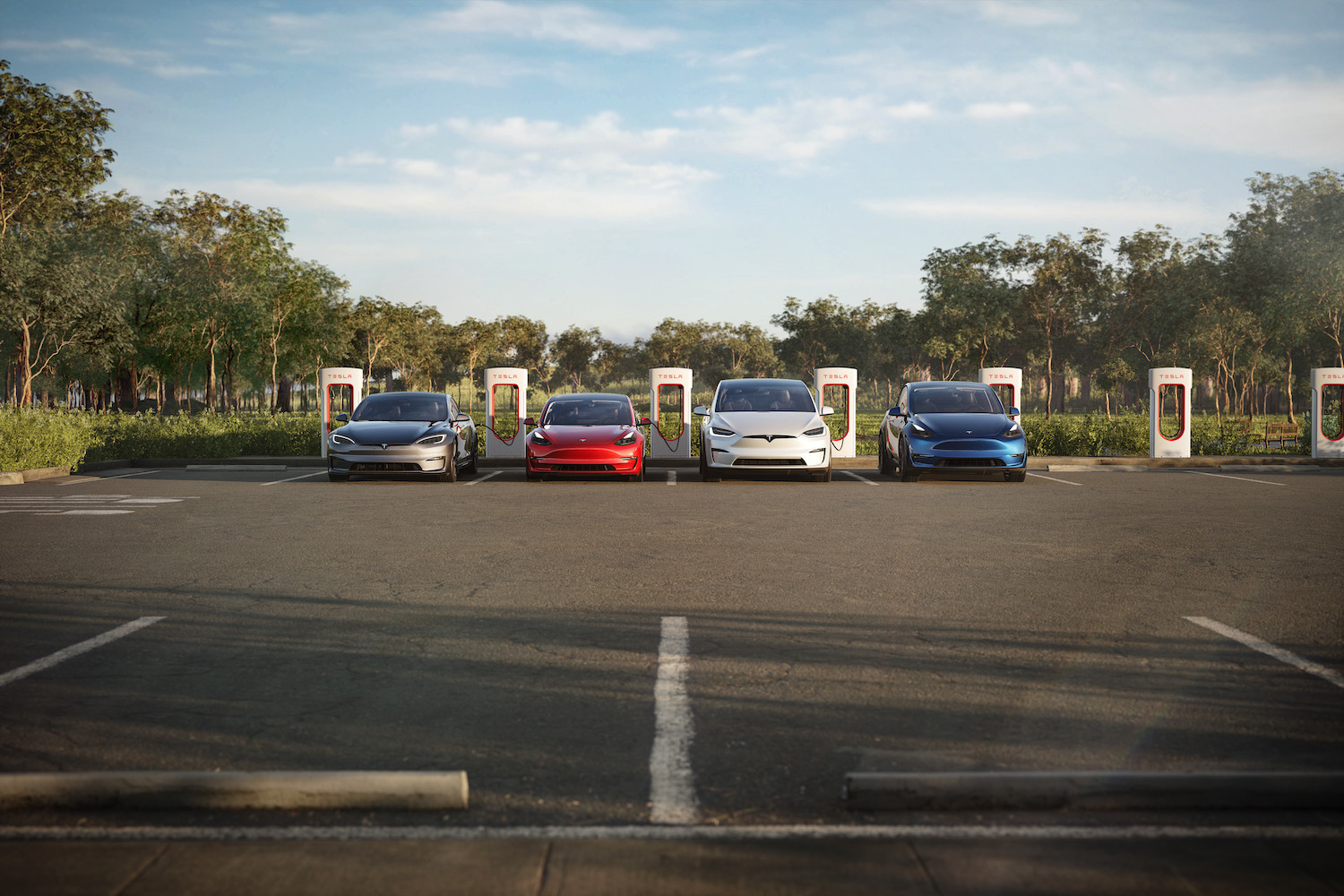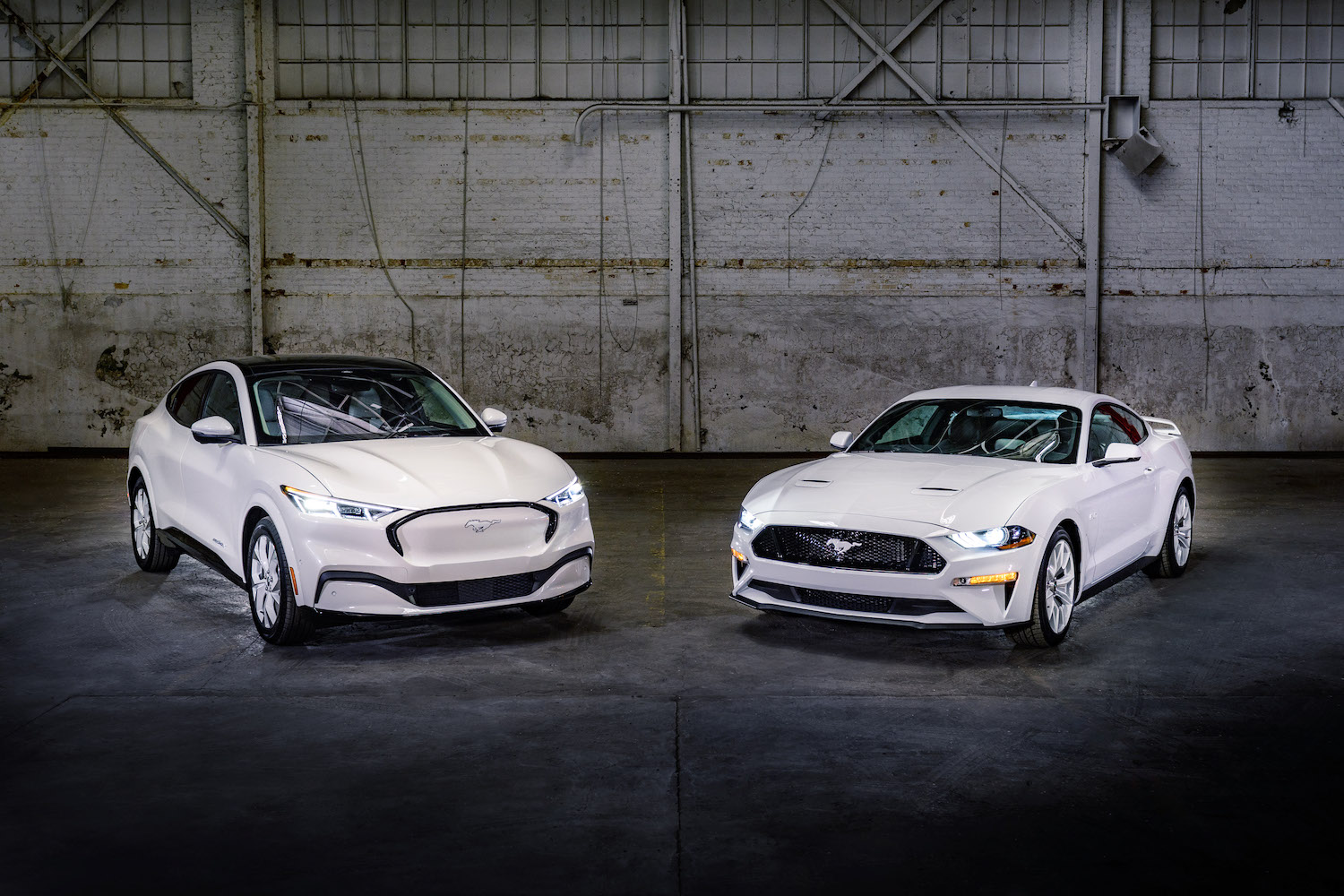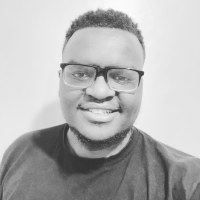
Over the past year, drivers have had to check their phones (or drive around to their local gas stations) on a daily basis to figure out if gas prices are going up or down. While gas prices have come down since hitting insane numbers in 2022, filling up your car at the pump can still lead to sticker shock these days, as the national average for gas is hovering around $3.50. It’s better than the average of $5 we saw earlier in 2022, but it’s not great. It’s not just gas; finding parts for cars or even a car to purchase at a reasonable price can be difficult, making auto ownership an increasingly expensive and difficult task.
With automakers shifting their focus to electric vehicles, and thanks to the high costs of gas and overall ownership of gas-powered cars, some shoppers may be looking to switch to an electric vehicle to save some money. On the face of things, EVs appear to be more affordable to own over the long run than gas-powered cars because of the cost of electricity and minimal maintenance. If you’re thinking about switching over to an EV, here’s what you should know about the cost of car ownership.

EVs are more expensive
Pricing continues to be a large problem with EVs. Forget about pricey niche vehicles like the GMC Hummer EV or Rimac Nevera; all-electric versions of regular cars are far pricier than one would expect. Take the Hyundai Kona as a prime example. The gas-powered car costs around $23,285 with the mandatory destination fee, while the Kona Electric starts at $33,550. Besides the electric powertrain, the two models are similarly equipped. It’s a similar situation with the Ford F-150 and F-150 Lightning; when you compare similar configurations, the cheapest gas model costs $33,695 and the EV model starts at $49,995.
Looking at the whole picture, Kelley Blue Book reports that the average price paid for a new vehicle was $48,275 in April 2023, while the average price for a new EV was $55,089. The price difference between gas-powered cars and electric vehicles was bigger a few years ago, but automakers like Tesla and Ford made price cuts to their EV models to increase market demand. Either way, you’re going to be paying a lot more money for a comparable electric car.
However, there are a few affordable EV models on the market that are sold for less than $30,000. For instance, the Chevy Bolt starts at $26,500 and while the cheapest Nissan Leaf is sold at around $28,000.
Beyond pricing, some EVs can be hard to purchase, as availability is limited to a few states. Going back to the Kona Electric, the electric SUV is only available in 26 states. If you don’t live in one of those, you’re out of luck or will have to go out of state to purchase a model.

There’s a large difference in maintenance costs
One of the big draws of making the switch to an EV is the reduced maintenance costs. Without a gas engine and with fewer moving parts, EVs are cheaper to maintain. To get an idea of how much you’ll be spending on maintenance costs, you can use AAA’s Driving Cost Estimator that allows you to plug in your state, vehicle, and annual miles driven.
For a brief comparison, we’ll be sticking with our Kona and Kona Electric. We’ll use California, 15,000 annual miles, and 55% city miles. The AAA’s estimator churns out a figure of $754 for annual maintenance/repair for the Kona Electric. The gas-powered Kona is estimated to cost $1,427 to maintain/repair for a single year. Over the course of five years, the Kona Electric will require $3,771 to maintain/repair, while the regular Kona has an estimated figure of $7,138.
The AAA’s estimator churns out a figure of $0.70 per mile for the gas-powered Kona with a price of $5.75 (the average in California) for regular gas. The Kona Electric is estimated to have a per-mile cost of $0.72 with a cost of $0.272 for electricity. It’s important to note that the per-mile figures also include fuel, maintenance/repair, depreciation, insurance, fees and taxes, and finance charges in the state of California.

Charging vs. gas
Electricity costs to charge an electric vehicle are difficult to determine. There are so many variables to consider – where you live, what type of car you have, what type of charger you’re using, and what kind of onboard charger you have on your EV – that giving a broad price for EV charging is useless. Still, we’ll try our best. Just keep in mind that your situation will certainly be different.
According to the U.S. Energy Information Administration, the average rate of charging at home cost $0.15 per kWh in the U.S. earlier in March 2023. Putting all of the numbers – 15,000 miles per year, 120 MPGe combined, and $0.15 per kWh — you get $632 to charge the Kona Electric for an entire year. Using data from the EPA’s website with our figures for the gas-powered Kona — $3.50 per gallon, 15,000 miles per year, and 32 mpg combined — you’re looking at spending around $1,640 to fill up the Kona in a year.
Overall, it looks like an EV would be far more affordable to fuel than a gas-powered car, depending on where you live and what kind of charger you use.

Tax credit for EVs
The new Inflation Reduction Act (IRA) drastically changes what vehicles are eligible for the federal tax credit. EVs must have a final assembly point in North America, are required to have a certain percentage of critical minerals that are extracted or processed in the U.S. or free trade partners, and a minimum percentage of battery components that are assembled or manufactured in North America, and they must meet the strict budget caps based on body style. Things weren’t as difficult before, but you’re going to have to do some homework to see what EVs are eligible for the tax credit.
However, a few EV models like the Chevy Bolt, Cadillac Lyriq, Ford F-150 Lightning, Tesla Model 3, Tesla Model Y, and Volkswagen ID.4 qualify for the full tax credit of $7,500 under the Inflation Reduction Act. But there is another catch — you need to have a taxable income of $150,000 or less to claim the EV tax credit. Unfortunately, this locks out a lot of people who make more than $150,000 per year.

EVs are more expensive to repair
According to Value Penguin, the average annual cost of insuring the most popular electric vehicles on the market is $3,012 — this is 25% more expensive than gas-powered cars. If you drive a Tesla, it’s even more expensive to insure than internal combustion engine vehicles on the road. This is because Tesla vehicles, like most electric
Beyond that, replacing the battery pack of your electric car could cost as much as $15,000. However, all EVs sold in North America have a minimum battery warranty of 8 years or 100,000 miles — whichever comes first.

Is one better than the other?
Despite automakers slashing the prices of their EV models, they’re still more expensive on average to purchase compared to similarly equipped gas-powered cars. Sure, they’re cheaper to fuel and maintain, but they’re very expensive to repair if they’re not covered by insurance. Additionally, it could be frustrating to find a reliable charging station.
However, if you want to switch from a gas-powered vehicle to an electric vehicle, we recommend you hold off until 2025. This is because most automakers are planning to introduce more new EV models by 2025 to meet the 2030 EV adoption target set up by the U.S. government. This means you will have more options to choose from. Besides that, the charging infrastructure is expected to improve now that other automakers will adopt Tesla’s NACS connector and access the Supercharger network. Not to mention, more EVs will qualify for the $7,500 federal tax credit by 2025.
But for the time being, we strongly believe that for the majority of consumers, a gas-powered vehicle is still the better option. If gas prices hit $6 again and routinely stay up there, we may reconsider our decision, but purchase prices for EVs will also have to come down.



